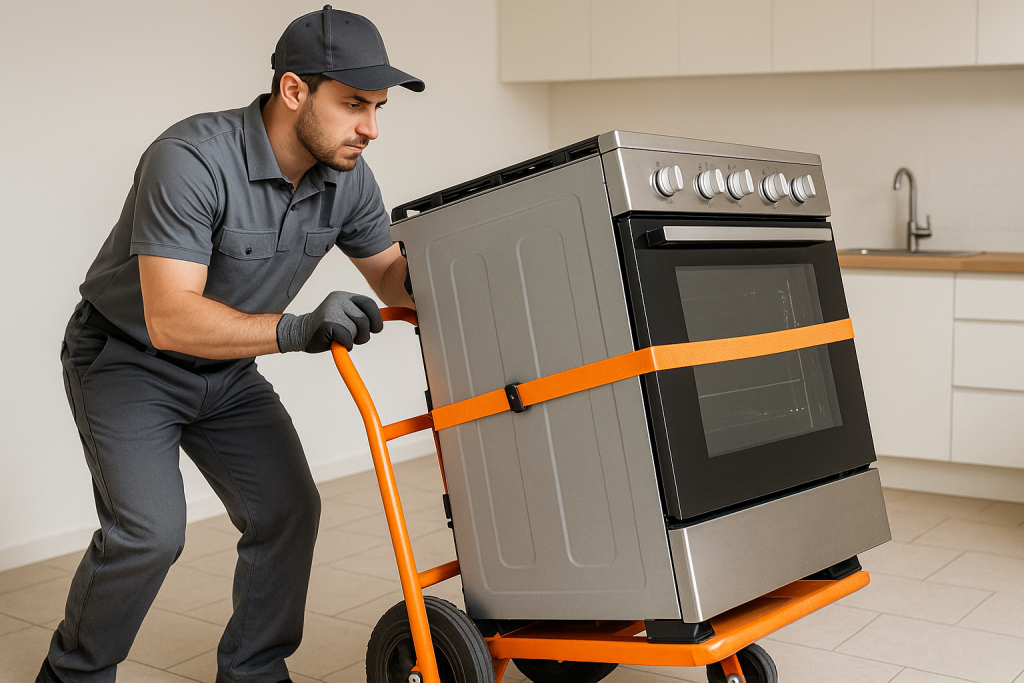In the quest for weight loss, many individuals turn to pharmaceutical solutions like Phentermine. However, concerns about potential side effects and long-term health impacts have led people to explore natural alternatives. In this comprehensive guide, we will delve into the world of natural alternatives to Phentermine, answering the question, “What is a natural alternative to Phentermine?”
What is a Natural Alternative to Phentermine?
When we ask, “What is a natural alternative to Phentermine?” we are essentially seeking healthier and safer alternatives to aid in weight management without resorting to prescription drugs. These natural alternatives aim to provide similar benefits to Phentermine, such as appetite suppression, increased metabolism, and enhanced energy levels, but without the potential drawbacks.
The Importance of Natural Alternatives
Natural alternatives to Phentermine are gaining popularity for several reasons:
- Safety: Unlike prescription medications, natural alternatives are generally considered safe with minimal side effects.
- Sustainability: Natural alternatives often promote sustainable weight loss by encouraging healthier lifestyle choices.
- Accessibility: Many natural alternatives are readily available over the counter or online, making them more accessible to a broader range of individuals.
- Minimal Dependency: Using natural alternatives can help reduce dependency on pharmaceutical drugs.
Key Features to Look for in Natural Alternatives
When searching for a natural alternative to Phentermine, consider the following key features:
- Appetite Suppression: Effective alternatives should help control hunger and reduce calorie intake.
- Metabolism Boost: Look for products that increase metabolism to aid in burning calories more efficiently.
- Energy Enhancement: Natural alternatives should provide an energy boost to support an active lifestyle.
- Safety: Prioritize products with minimal side effects and a good safety profile.
Exploring Natural Alternatives
Now that we understand the importance and key features of natural alternatives, let’s explore some popular options that can help you achieve your weight loss goals mysanantonio.com.
1. Garcinia Cambogia
Garcinia Cambogia is a tropical fruit extract that contains hydroxycitric acid (HCA). It is believed to suppress appetite and block the production of fat in the body. Many people have reported positive results with this natural supplement.
2. Green Tea Extract
Green tea extract is rich in antioxidants and catechins that boost metabolism and help with fat oxidation. Consuming green tea or taking it as a supplement can support your weight loss efforts.
3. Conjugated Linoleic Acid (CLA)
CLA is a naturally occurring fatty acid found in meat and dairy products. It has been shown to promote fat loss and lean muscle gain. Many individuals incorporate CLA supplements into their weight loss regimens.
4. Apple Cider Vinegar
Apple Cider Vinegar has gained popularity as a natural weight loss aid. It is believed to reduce appetite and improve digestion, making it easier to maintain a healthy weight.
5. Caffeine
Caffeine, found in coffee and tea, is a natural stimulant that can increase metabolism and provide an energy boost. It is often used as a pre-workout supplement to enhance exercise performance.
6. African Mango
African Mango extract is derived from the seeds of the African mango fruit. It is known for its potential to reduce appetite and improve fat metabolism.
7. 5-HTP
5-HTP is a naturally occurring amino acid that can help regulate appetite and improve mood. It is often used to support weight loss by reducing emotional eating.




